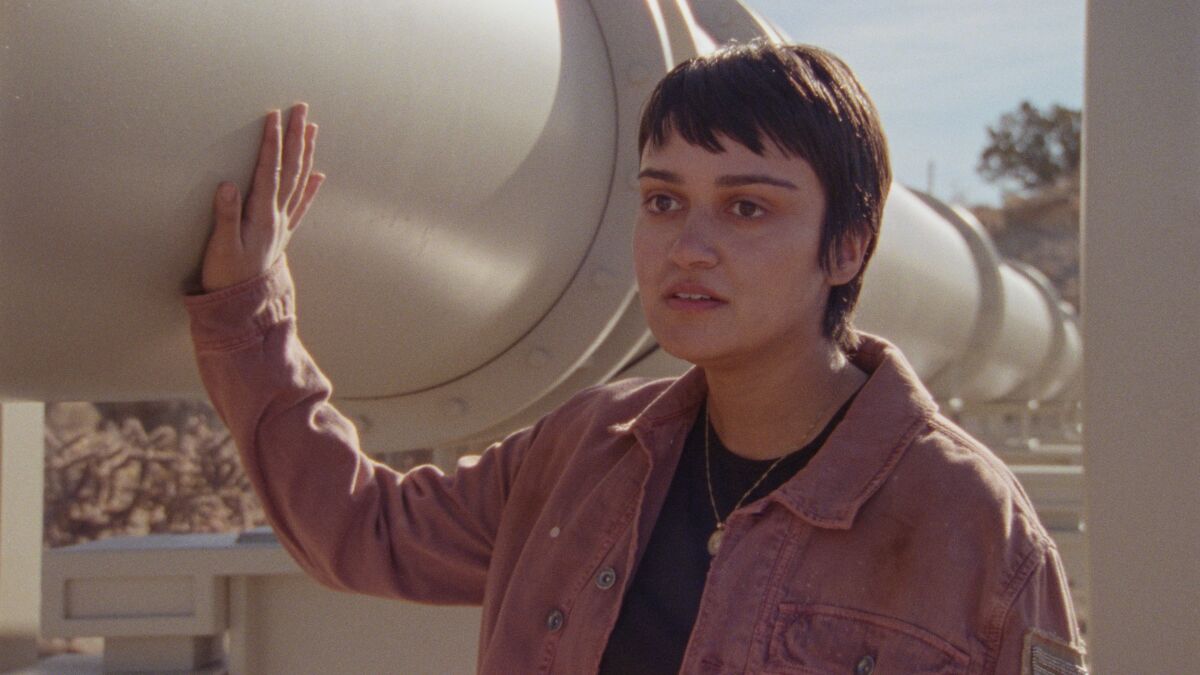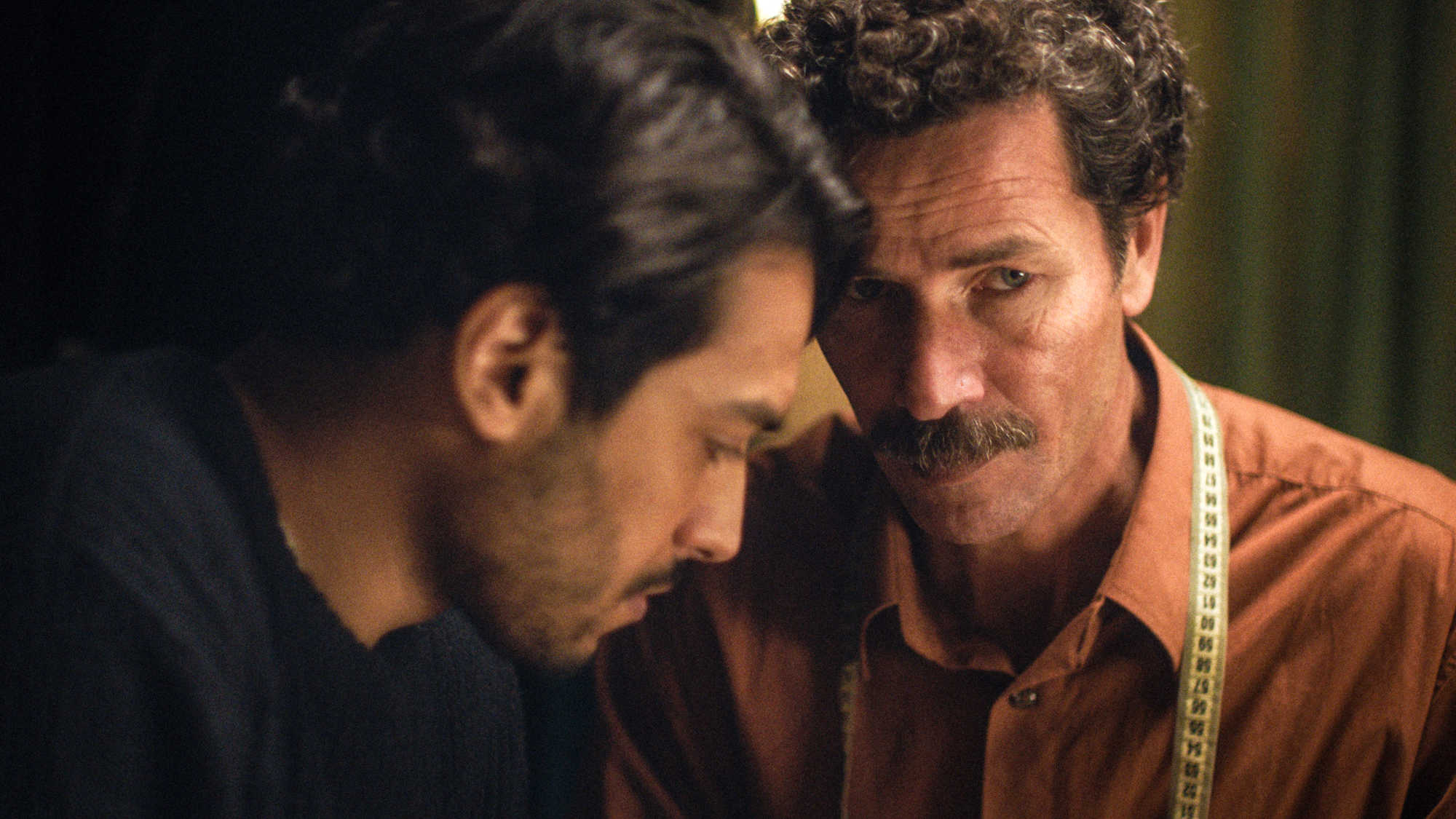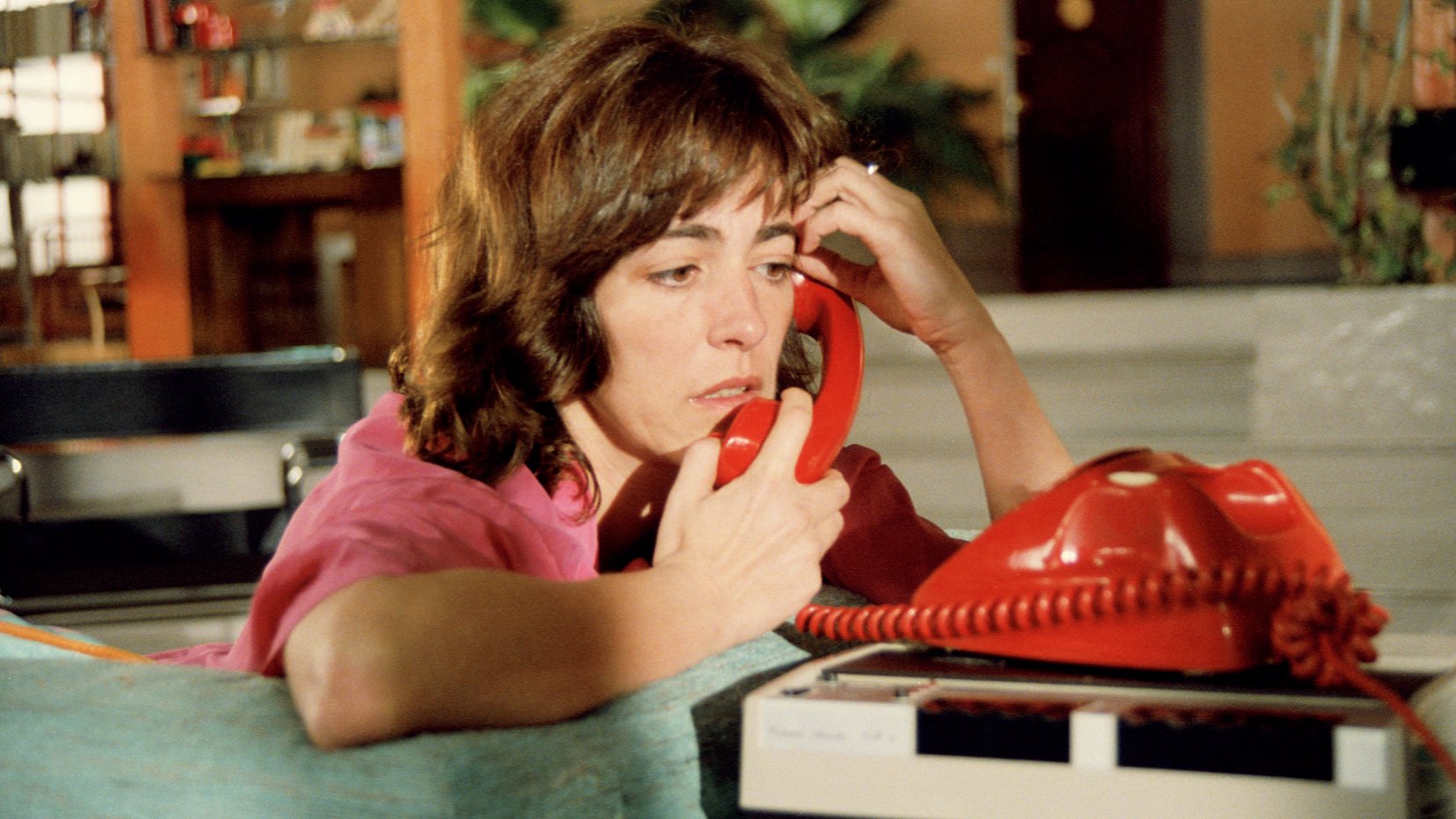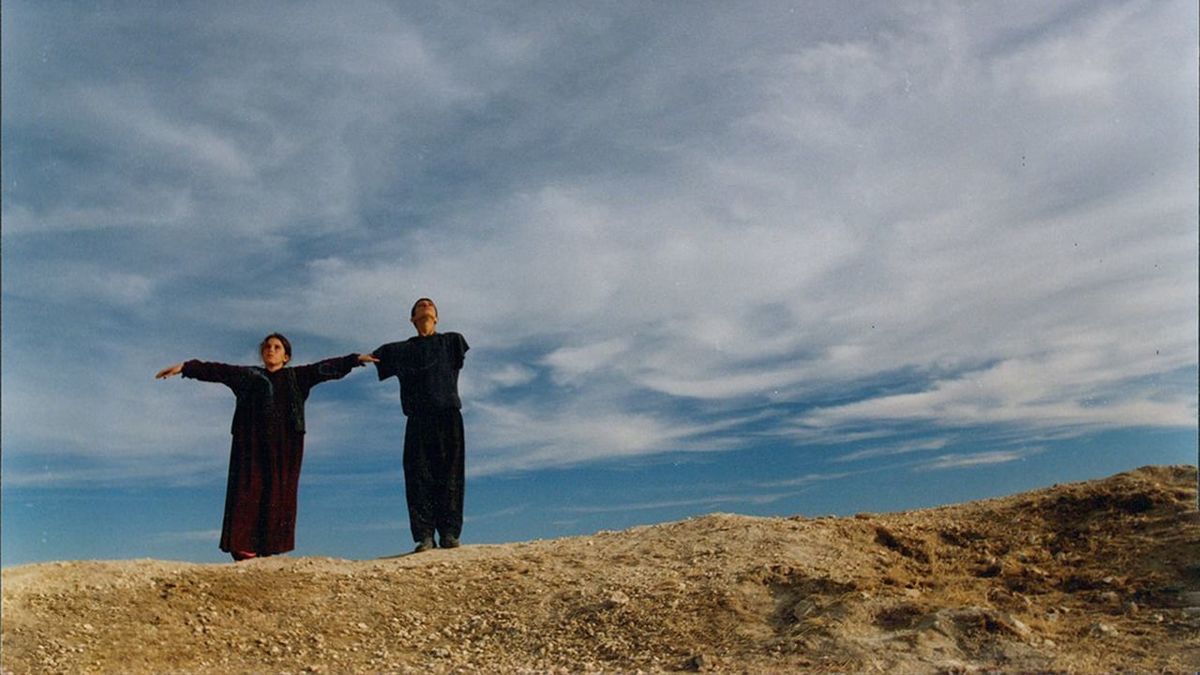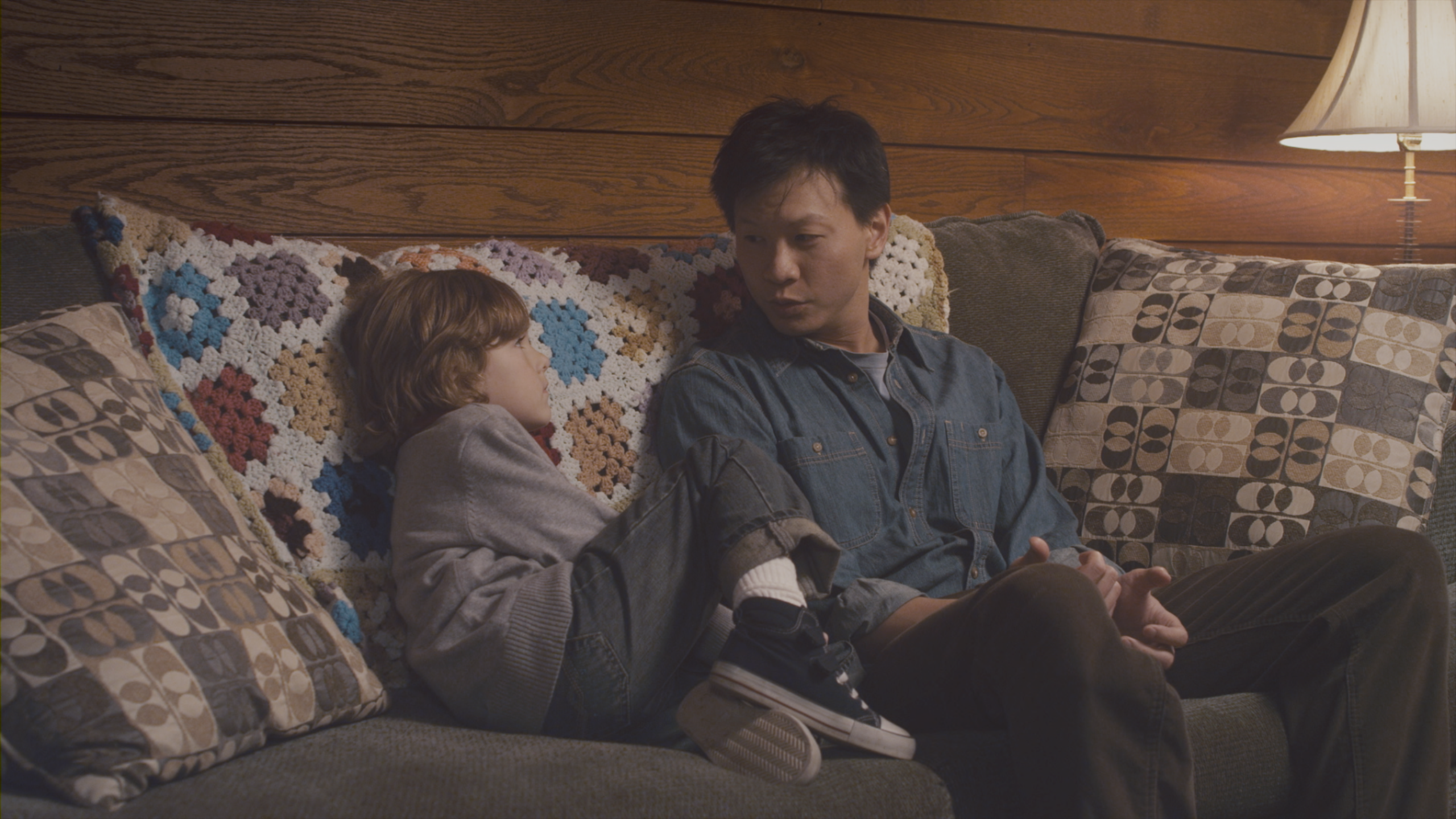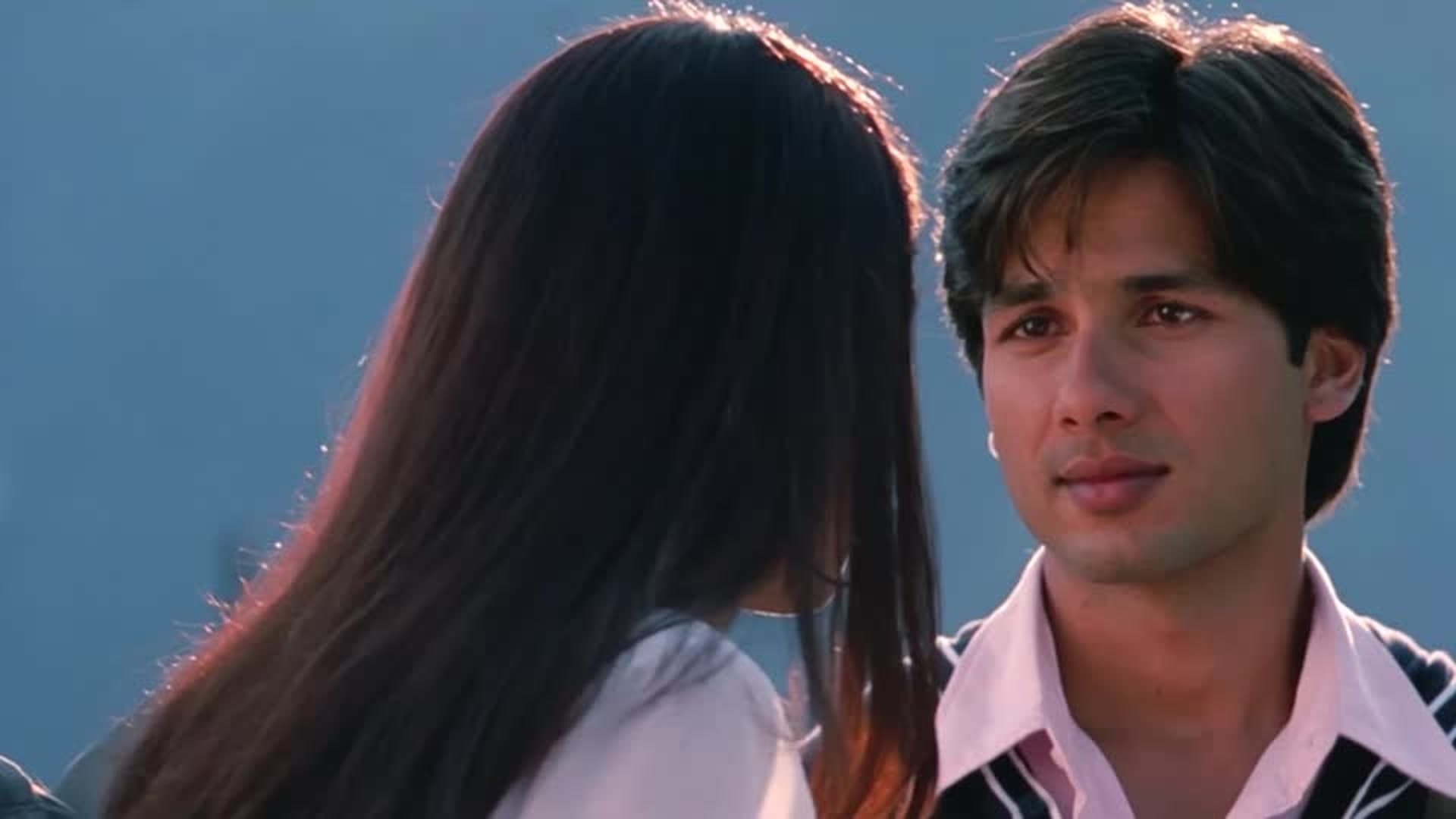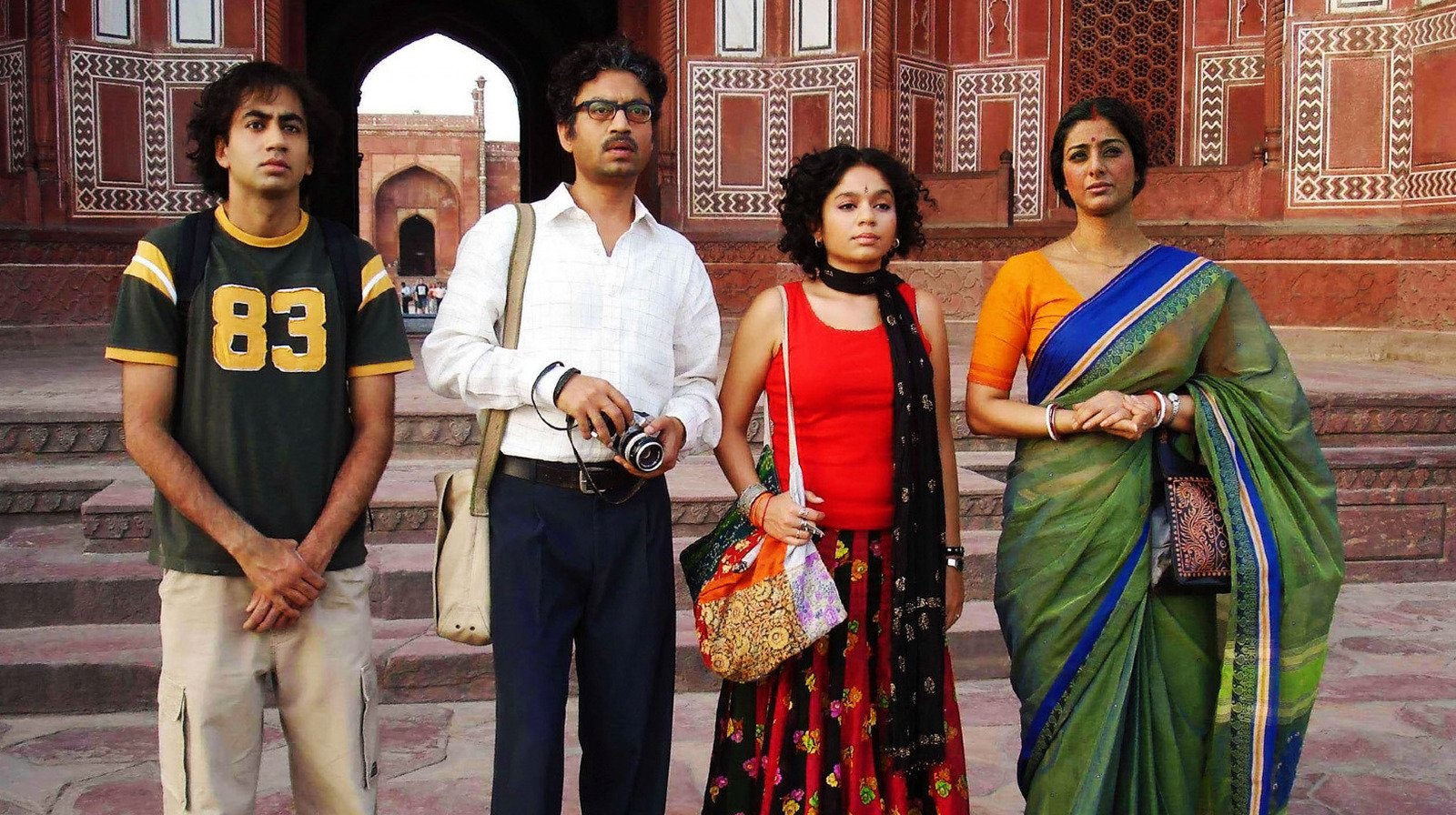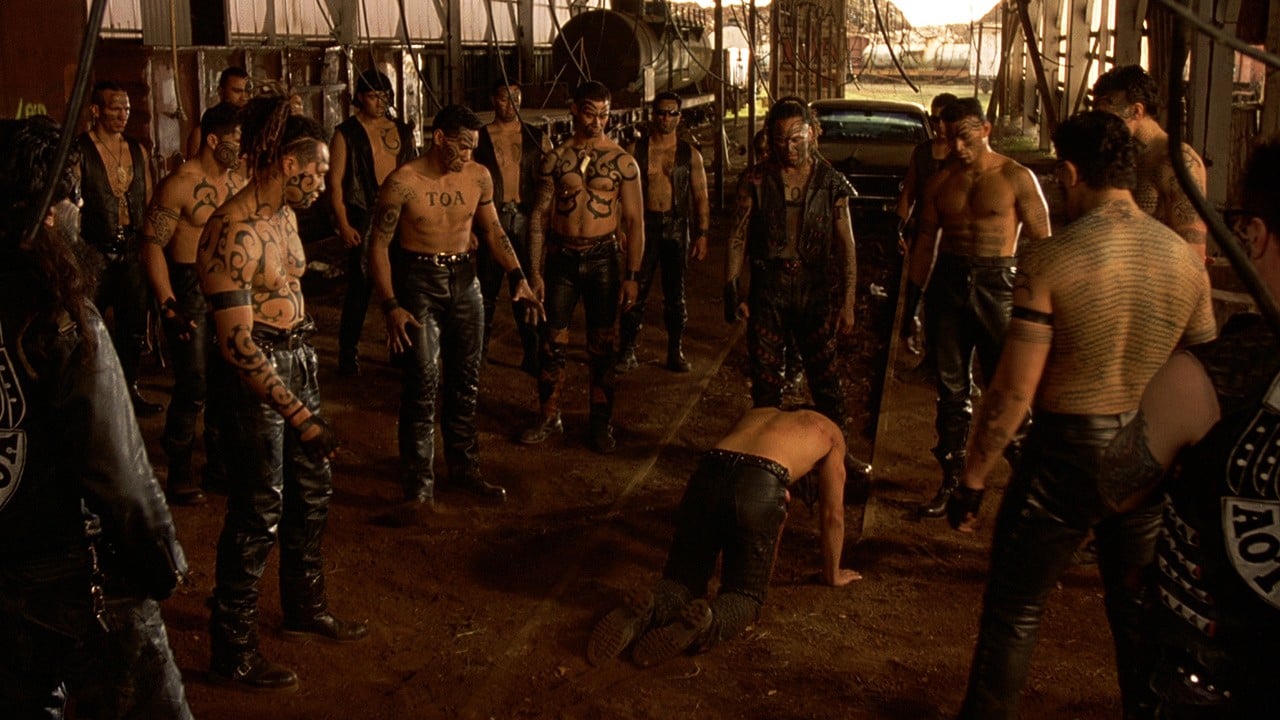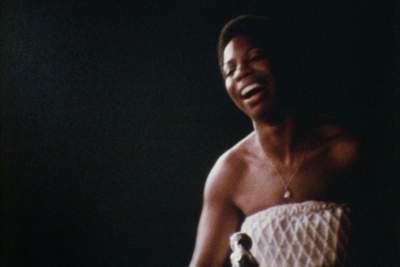
120 Best Films That Center BIPOC Experiences
February 17, 2025
Share:
It’s time to amplify the voices that have long been marginalized and bring to the forefront the rich tapestry of BIPOC experiences. Delve deep into the diverse narratives, struggles, triumphs, and resilience of Black, Indigenous, and People of Color communities. Prepare to be moved, educated, and inspired as we embark on a cinematic journey that expands our horizons and fosters empathy. These films are a testament to the beauty, strength, and unwavering spirit of BIPOC individuals, reminding us of the transformative power of cinema.
Read also:
91. How to Blow Up a Pipeline (2023)
Genres
Director
Actors
Moods
On the one hand, How to Blow Up a Pipeline is a tense thriller—an excellently set-up heist that makes you wonder, until the end, whether the low-budget operation succeeds or not. On the other hand, it’s a thoughtful rumination on the evil and influence of Big Oil, which despite its relentless destruction of environments and communities, continues to run scot-free.
Together, these parts make for a powerful, nerve-racking film about both the danger and necessity of eco-terrorism—a radical act that is impressively humanized and spared from caricature here. How to Blow Up a Pipeline’s themes may be big and its means explosive, but its rich characterizations of the young activists ground it into a relatable reality. One is dying due to toxins released by the nearby plant, another is forced to give up his property to make way for the construction of a pipeline. All are tired of the fruitlessness of government promises and peaceful protests. Rousing and relevant, there’s never been a more timelier film than this.
92. The Blue Caftan (2022)
Genres
Director
Actors
Moods
Set in one of Morocco’s oldest medinas, Blue Caftan is a tender portrayal of pure love and the different forms it takes. It follows traditional tailor Halim (Saleh Bakri) and his wife Mina (Lubna Azabal) who, despite their imperfect marriage, prove their affection in small but moving ways. He peels tangerines for her and washes her hair, she preps his meals and defends his craft from demanding customers. When a third person, Youssef (Ayoub Missioui), enters the picture, even more manifestations of passion (and the lack and longing and excess of it) emerge.
It’s a dramatic film, but never overly so. Like the silky fabric Halim handles with expert care, it’s rich but soft, detailed but delicate. In the face of poverty, sickness, and discrimination, the film mines moments of joy, friendship, and pleasure, subverting the expectation that tragic circumstances must mean tragic outcomes.
Blue Caftan, even in its saddest moments—and there are plenty—is a film full of love, made even more memorable by the deft performances and palpable chemistry of its three leads.
93. Women on the Verge of a Nervous Breakdown (1988)
Genres
Director
Actors
Moods
Break-ups aren’t the easiest thing to overcome, but how we deal with them usually doesn’t get as ludicrous as the events Pepa goes through in Women on the Verge of a Nervous Breakdown. The film makes said nervous breakdown chaotic– it includes spiked gazpacho, a frantic call to the police, and being held at gunpoint– but as Pepa and the women around her try to put off each fire, at least one of them literally, writer-director Pedro Almodóvar ensures sympathy for them, with Pepa’s snappy dialogue cutting through the lies of a smooth-talking womanizer refusing to face them. And it’s all paired with a suitably dramatic score, meticulous staging, and exaggerated, colorful frames mostly occurring in the wreck of a fabulously styled penthouse.
94. Turtles Can Fly (2005)
Genres
Director
Actors
Moods
Regardless of where, when, and why war came to be, war inevitably makes children grow up faster than they ought to. Turtles Can Fly depicts one such boy, a thirteen year old refugee nicknamed Kak Satellite whose limited English and resourcefulness transformed him into a leader for the rest of the children as they scrounged for scraps, sweep for landmines, and set up satellites for news. It’s a harrowing experience. Writer-director Bahman Ghobadi depicts it in a grounded, real way, with the Kurdish cast directly re-enacting the same horrors that they’ve gone through the year before, and the same practical nonchalance that they cling to for survival. Regardless of how viewers feel about the Iraq invasion, or other wars with refugee crises, Turtles Can Fly simply asks viewers to see their faces.
95. In the Family (2011)
Genres
Director
Actors
Moods
Before gay marriage and gay adoption was legalized in America, people had plenty of hurdles to jump over when their same sex partner died. Partners weren’t guaranteed visits to their loved one, weren’t permitted to visit them at their last hours. They were the last to be informed and the last to be asked about their medical records, even though they would be the best source of knowledge after living together. Same sex parents weren’t guaranteed custody of their partner’s children. In The Family may depict these previous experiences in a dry, straightforward way for nearly three hours, but it’s a needed, respectful approach, with the lived-in knowledge of the quiet cruelties that was enforced just a decade ago.
96. Jab We Met (2007)
Genres
Director
Actors
Moods
The manic pixie dream girl unexpectedly entering a young man’s life is the subject of plenty of romance films, to the point that this plot has become somewhat overdone, stereotypical, and overly unrealistic. However, there are moments in cinema when this archetype is portrayed well– Jab We Met is one of them. It’s joyful without being unrealistic, it’s realistic without being too jaded, and as two lost souls share the same train, writer-director Imtiaz Ali creates a feeling of freedom every time then-lovers Shahid Kapoor and Kareena Kapoor save each other from the prisons of their different, day-to-day lives. And it all comes with the song numbers as fun as the film’s leading lady.
97. The Stranger (1991)
Genres
Director
Actors
Moods
When a stranger claiming to be your long lost uncle suddenly announces that he’ll be visiting you, there’s an immediate mystery there: is this man really who he claims he is? The Stranger is centered on that idea, but the way Satyajit Ray expands on his short story transforms this domestic drama into a witty and contemplative dialectic about civil society, Western versus Indian thinking, our ideas of home, and trust in a world that’s forgotten how to do so. Agantuk may not be Ray at his finest, but it’s a great film to end his career on, with a memorable character that encapsulates Ray’s philosophy.
98. The Namesake (2006)
Genres
Director
Actors
Moods
How is it possible to fit a whole lifetime into a movie? Mira Nair’s The Namesake, an adaptation of Jhumpa Lahiri’s beloved novel, excels in doing so, gliding through the book’s plot with ease, but it’s done in a subtle and straightforward way that makes it feel less complex than it really is. The scenes take peeks into the lives of the Ganguli family, but each scene holds emotional weight, subtly mirroring the past, hinting at important moments relayed from the distance of time (like when Ashoke reveals his reason to leave India) or of space (like when every news is relayed by phone call). The cast holds that weight in their performances, especially in the lovely, if not physically affectionate, marriage between Ashoke and Ashima. All of this makes The Namesake an incredibly touching portrait of an Indian immigrant family.
99. Once Were Warriors (1994)
Genres
Director
Actors
Moods
Many people would rather see happy, positive depictions of people like them, but sometimes, it’s important to see the sides that we don’t really like to see, but should have some awareness of, in order to address them. It’s because of this director Lee Tamahori initially thought that adapting the Maori novel Once Were Warriors would end up as a flop– the novel depicts the worst sides of modern Maori people, as disenfranchisement pushed many to poverty, alcoholism, and abuse. However, Tamahori ended up crafting a fierce, intense debut by focusing on Beth Heke and her children– granting more screentime to their healing rather than their suffering. Once Were Warriors isn’t an easy watch. Tamahori makes the alienation, the rage, and the hardship feel palpable. But he mostly reminds people to return to their roots, returning to one’s culture to truly heal as a society, and this is why Once Were Warriors proved to be one of the best films ever made from New Zealand.
100. What Happened, Miss Simone? (2015)
Genres
Director
Actors
Moods
“As fragile as she was strong, as vulnerable as she was dynamic, she was African royalty. How does royalty stomp around in the mud and still walk with grace?”. What Happened, Miss Simone? will surprise you no matter how much you thought you knew about the soul singer – not only in its exploration of Nina Simone’s personal life and complexities, but by being both a personal and political documentary. As you discover an original singer with talents that reach all the way to performance art, you will also learn about a Civil Rights activist’s journey and an unstable woman’s struggle. The documentary is not about answering the question of what happened, Miss Simone? – it’s an exploration of why that question is so important.
Read also:
Comments
Add a comment
Ready to cut the cord?
Here are the 12 cheapest Live TV streaming services for cord-cutting.
More lists
Lists on how to save money by cutting the cord.
Curated by humans, not algorithms.
© 2025 A Good Movie to Watch. Altona Studio, LLC, all rights reserved.
